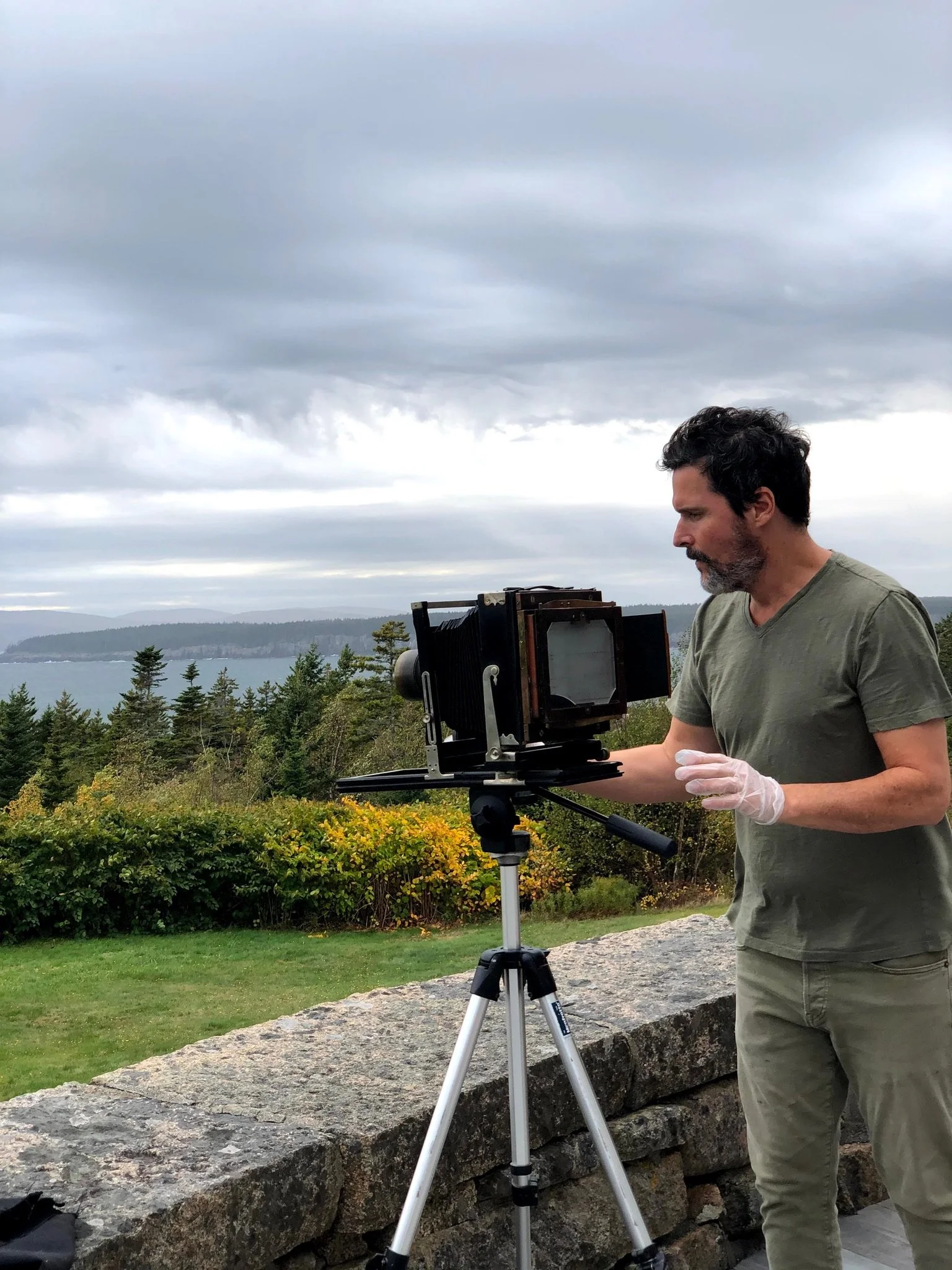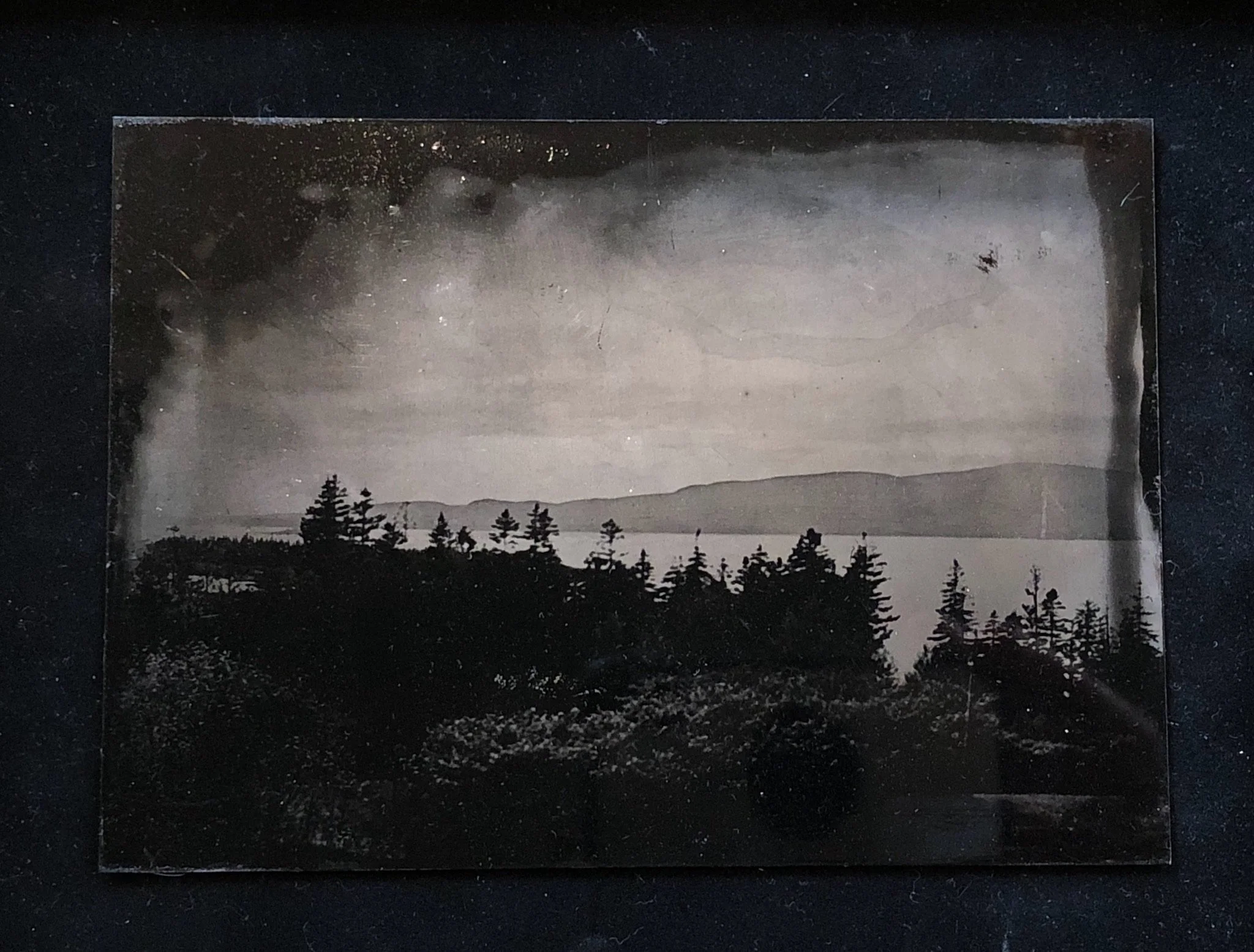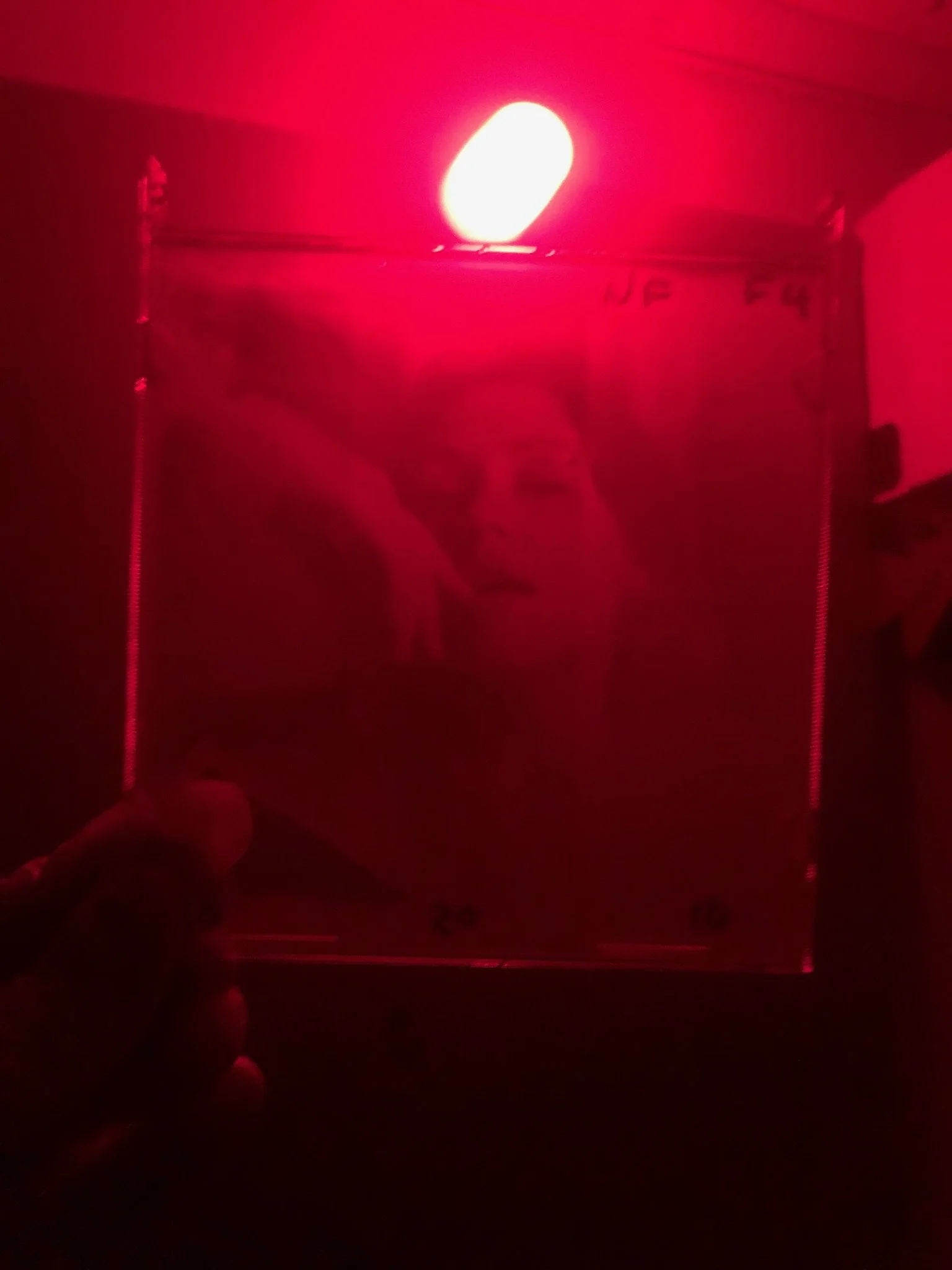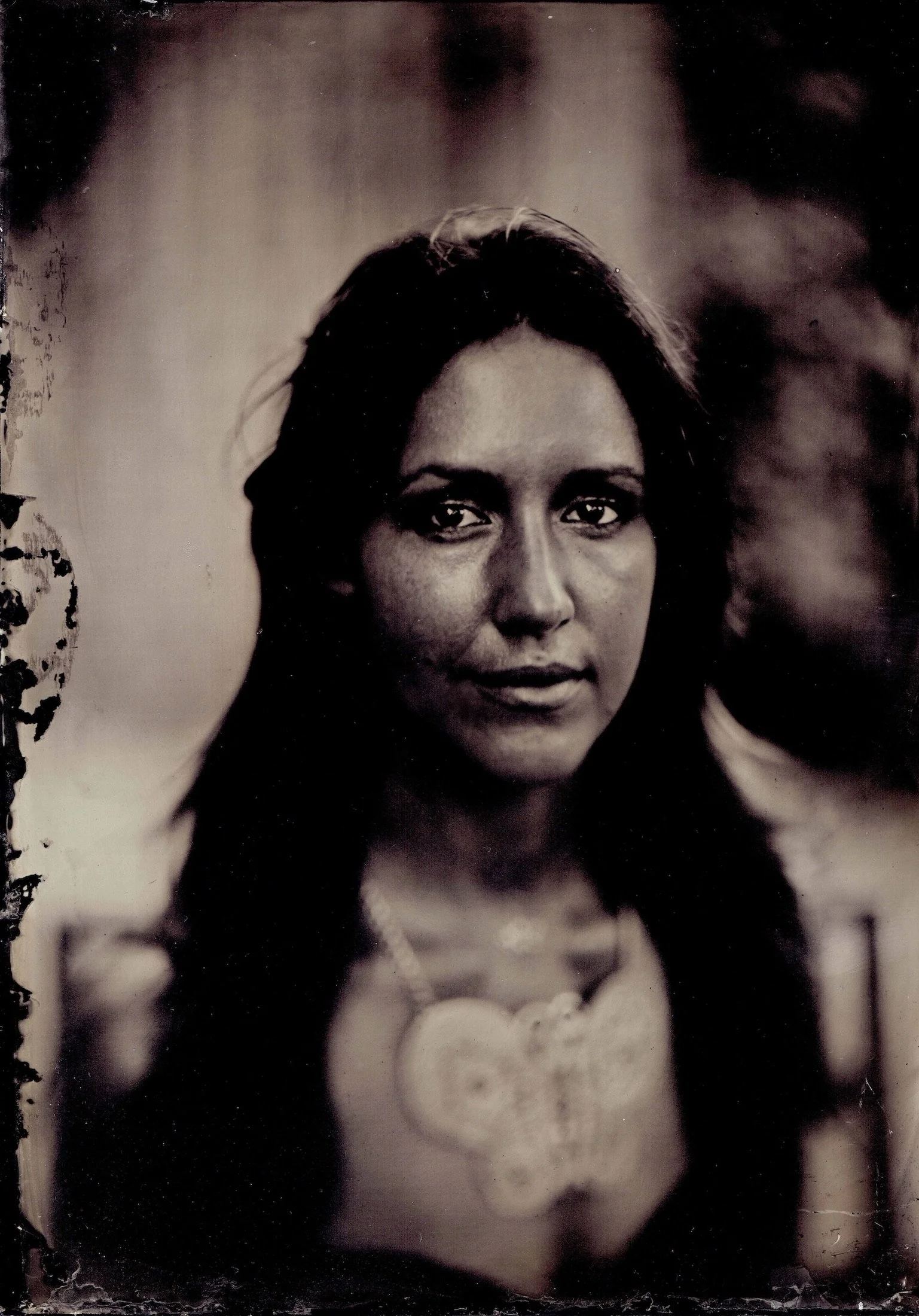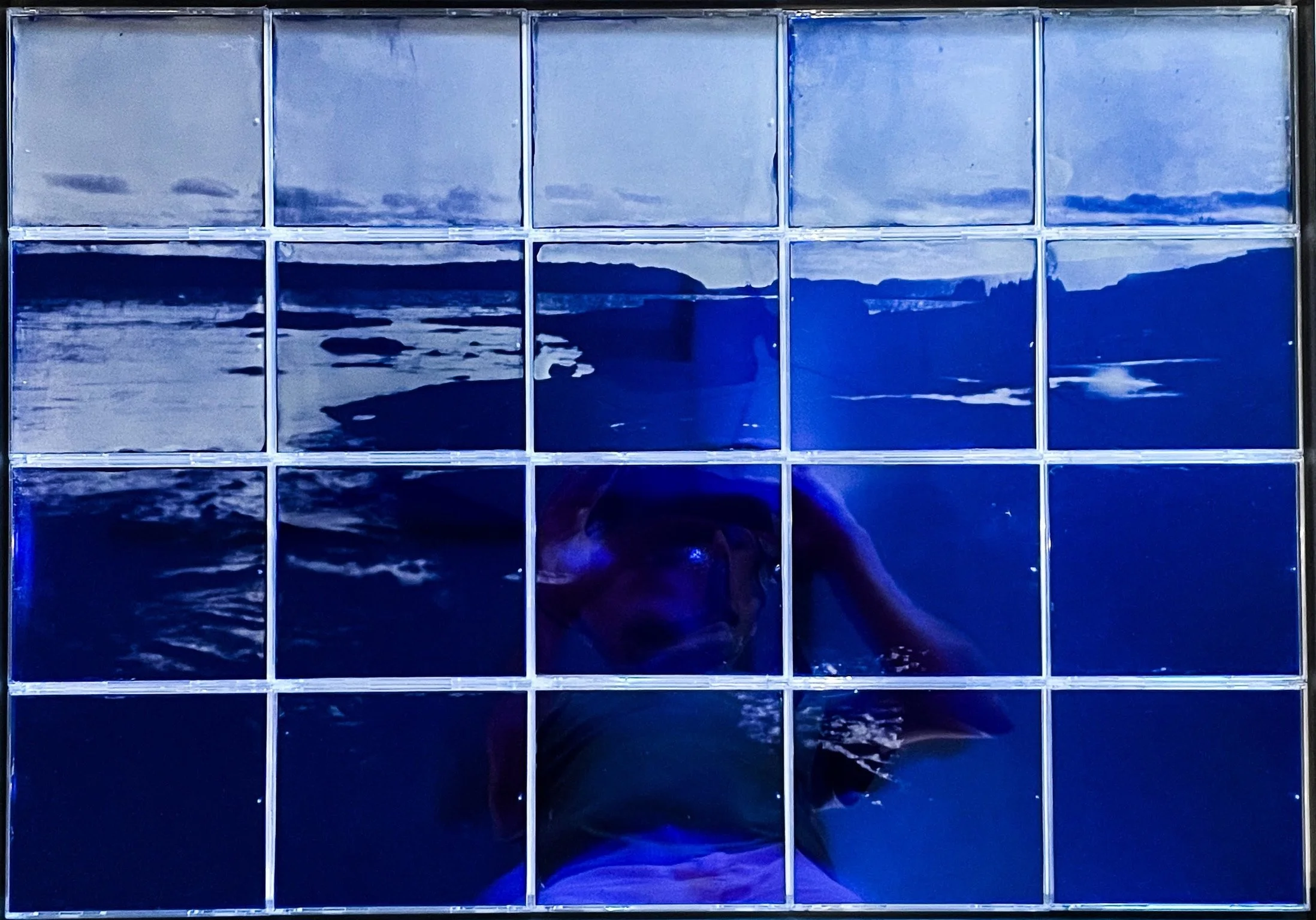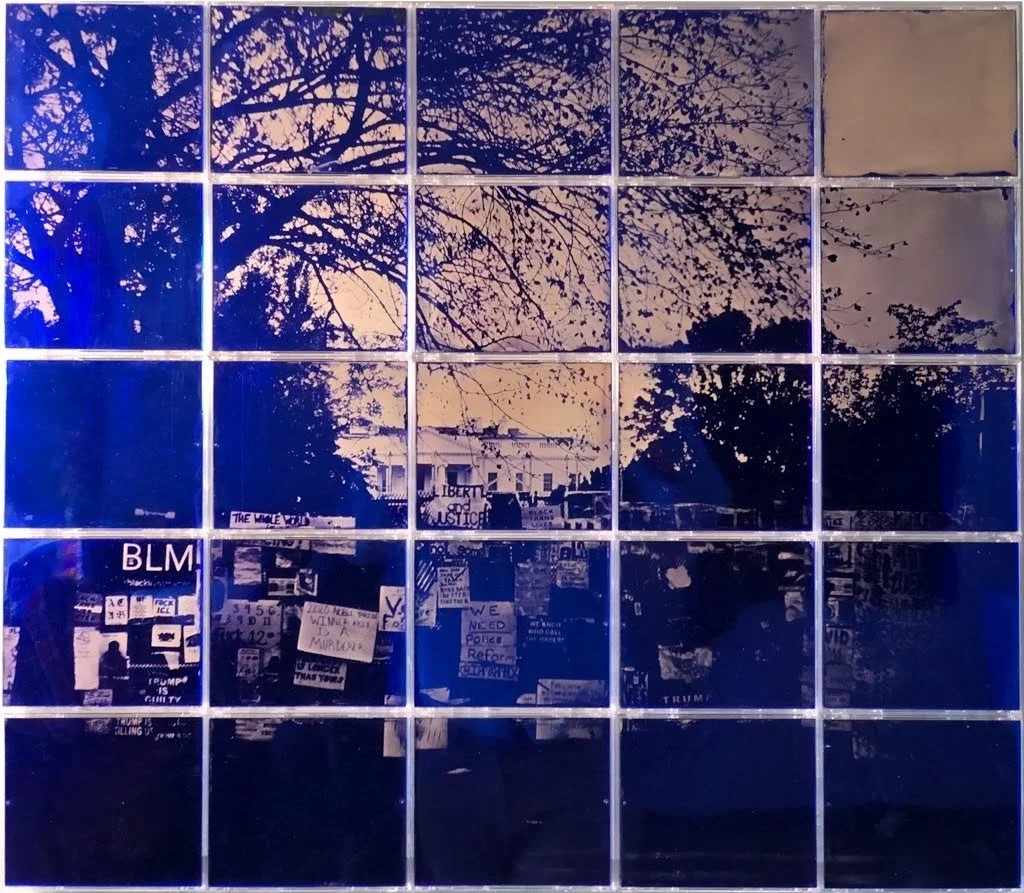The Alchemy of Wet Plate Collodion: Reviving 19th-Century Photography in a Digital Age
Back in March, I wrote about how a late-night, COVID-era margarita-fueled eBay bid landed me a Civil War–era camera lens. That single impulse purchase pulled me headfirst into the rabbit hole of tintype photography. In that first article, I explained how I’ve been using this 19th-century science to make art on CD cases. This time, I want to dig deeper—into the magic of wet plate collodion itself, and how I bend its science into something uniquely mine.
My fascination with collodion photography really began in 2018, at the National Gallery of Art, when I saw a Sally Mann show. I’d always loved her photographs, but never fully understood why they struck me so deeply. Her compositions are hauntingly ethereal, yes, but the real draw is the medium itself—the fragility, imperfection, and alchemy of the process.
“Wolf’s View” Tintype by Don Ripper
In today’s digital age, we take hundreds of shots on our phones without a thought, rarely pausing to compose or even ask why we’re taking the picture at all. Our “art” is filtered through Instagram presets and Photoshop tricks. But collodion photography is the opposite. It demands slowness, patience, and surrender to chance. It’s expensive, messy, and unforgiving—and in that discipline, it reveals a beauty you could never plan.
“Maria” test plate on CD case by Don Ripper
The Camera
Wet plate photography can be done with many different cameras, but mine is a converted 1910 box camera fitted with an 1853 Petzval lens. The lens projects its image onto a frosted piece of glass—upside down and reversed—just like the old movies where the photographer hides under a black cloth.
The Pour
Then comes the intoxicating part, quite literally. As the ether smell fills the studio, I pour collodion evenly across a glass plate and submerge it in a bath of silver nitrate. It’s volatile, toxic stuff—the kind that stains your skin jet black when touched, though you won’t notice until it blossoms in sunlight. Only fresh skin cells can erase the mark.
Exposure and Development
Once exposed in the camera, the plate is rushed back into the darkroom, where I pour an iron-based solution across its surface, followed by cyanide to clear the unexposed silver. This stage still feels like pure magic to me—it can even be done in room light, as the ghostly image suddenly comes to life.
“Maria” Tintype by Don Ripper
Negative or Positive
After washing and drying, the plate can serve as a negative for printing on paper, or as a positive when backed with black paint—a process known as ambrotype.
“Dream Blue” by Don Ripper Silver and oil on acrylic
My Adaptation
In my own work, I pour collodion not on glass, but on fluorescent acrylic sheets, arranging them into mosaics. The silver halides carry the light, while the acrylic becomes my dark field—something I manipulate further with glazes and mirrors to alter density. Right now, I’ve been housing these poured plates in CD cases, transforming each into a single part of a larger whole.
Liberty and Justice for All by Don Ripper silver and oil on acrylic
The piece above will be on display during Art on the Avenue this Saturday October 4, along with a new, very large, and very brooding landscape I’m still racing to finish. Our booth will be set up right in front of my studio at 2009 Mt. Vernon Ave. Come by and see the work in person—the science, the art, and the unpredictability of wet plate collodion.
SEE ALSO: The Life Lessons I Never Expected to Carry from Art School

